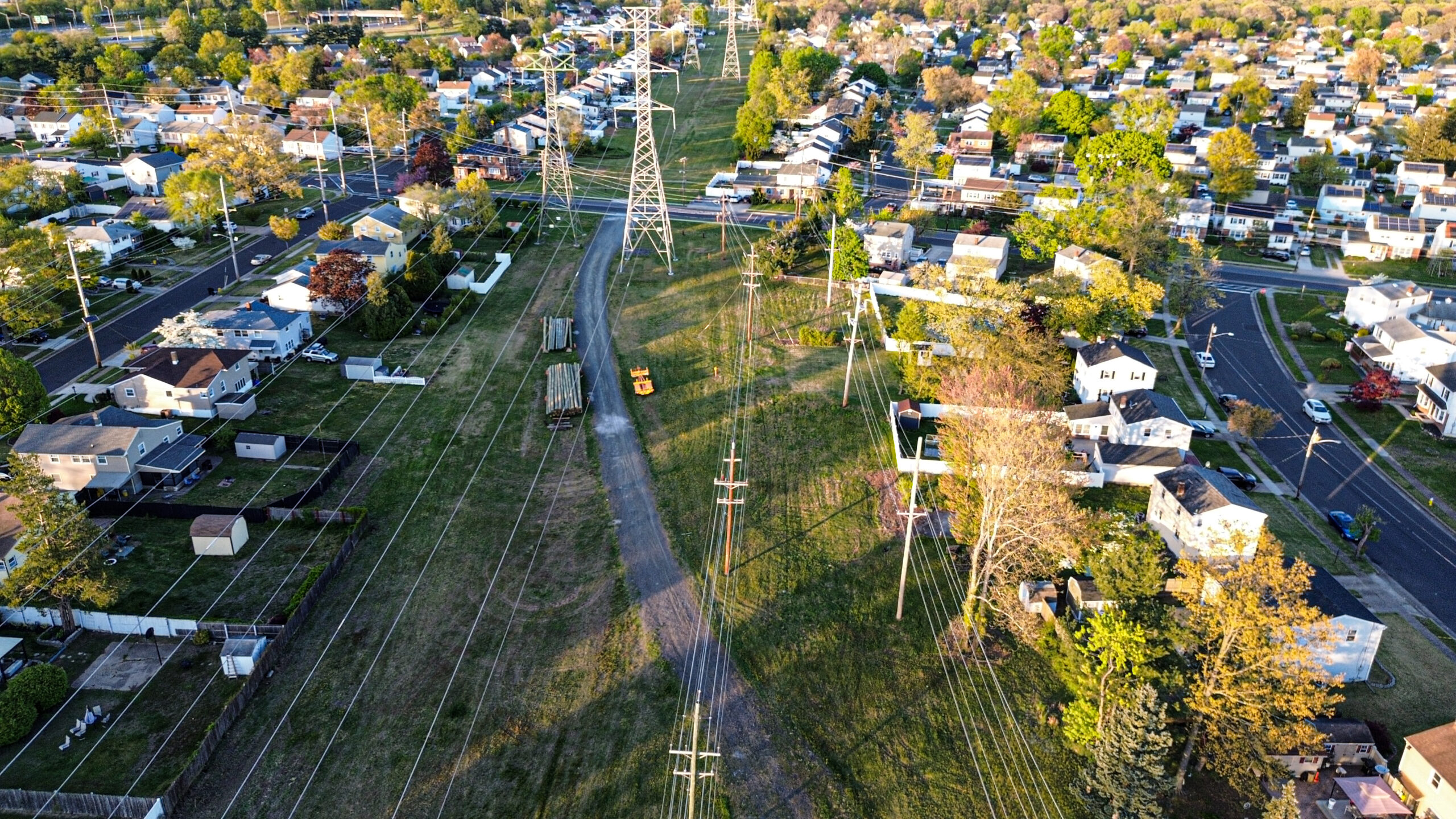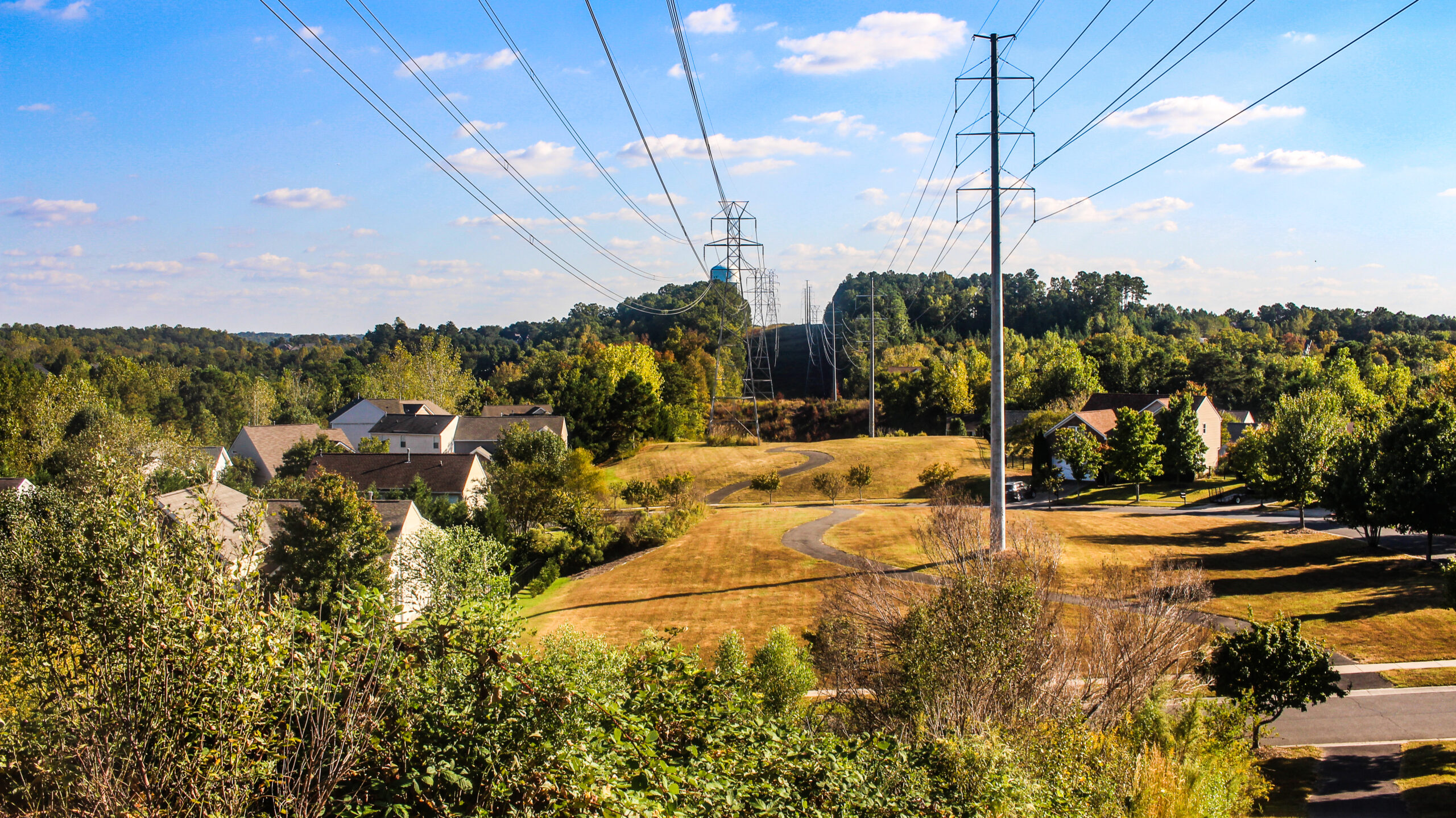“Change is the only constant in life.” While Heraclitus might have said that over 2,000 years ago it remains just as relevant today, especially when it comes to how Federal agencies are implementing the National Environmental Policy Act (NEPA). This year, agencies are continuing to update their implementation guidance, navigating judgements from the U.S. Supreme Court and executive orders (EOs) and managing organizational and workforce shifts. These ongoing challenges are impacting the development and submittal of NEPA documents. Here is what you need to know in today’s changing landscape.
Updating NEPA Agency Procedures
Federal agencies are changing their approach to NEPA implementation by rescinding previous regulations and shifting to non-binding guidance aimed at streamlining the environmental review and analysis process. This transition began in February 2025 when the Council on Environmental Quality (CEQ) rescinded its own NEPA rules, driven in large part by Executive Order 14154 “Unleashing American Energy” and by the Fiscal Responsibility Act (FRA) of 2023. Many agencies, like the Department of the Interior (DOI), Department of Energy (DOE) and the Federal Energy Regulatory Commission (FERC), have revised their procedures, leading to a more agency-specific and non-binding guidance-based approach to NEPA. With the removal of CEQ’s overarching regulations, Federal agencies are now responsible for developing their own NEPA implementing guidance and procedures. Agencies have published interim final guidance to update their existing NEPA process and align with the new approach, returning to NEPA’s roots and relying on the original statute, as amended. Notable trends in these updated approaches include:
- Making public scoping and public comment on NEPA documents optional tasks.
- Returning to page limits for documents that were originally suggested by NEPA.
- Mandating timeframes and page limits for NEPA review.
- Increased emphasis on the use of Categorical Exclusions.
Since guidance is not legally enforceable and always subject to change, this evolving landscape is likely to result in a more “case-by-case” oversight by agencies of project-specific NEPA processes that could allow for a more flexible and streamlined pathway to project approval and development. This guidance often allows for a more flexible pathway to the development of approvable mitigation measures, which could also reduce the amount of time for agency review.
The process of updating each agency’s implementation of NEPA will likely continue for some time, and the results will not be a one-size-fits-all solution. With the CEQ’s guidance no longer mandatory, NEPA implementation is likely to vary more and more from agency to agency. By collaborating with agencies on a range of NEPA projects, TRC’s tested practitioners are staying informed about ongoing changes and are up to date on the latest agency procedures.
Court Decisions, Executive Orders and Legislation
Agencies are also addressing ongoing court cases related to NEPA implementation. Perhaps the most prominent is legal action referred to as the “Seven County” decision.
The case involved an 88-mile rail line for transporting crude oil. Opponents claimed the Environmental Impact Statement (EIS) was insufficient for not studying oil field impacts and refinery impacts. This position was upheld in the lower courts for years, threatening the viability of the project. However, in Seven County Infrastructure Coalition v. Eagle County, Colorado, the U.S. Supreme Court ruled that agencies are not required to evaluate environmental impacts from separate projects not within their regulatory jurisdiction, even if those impacts are reasonably foreseeable. The Court concurred that NEPA is a procedural statute requiring substantial deference to agency decisions and that courts should only review agency actions for reasonableness and proper explanation.
While this is a significant legal decision, it does not change the types of resources that must be considered under NEPA. It does limit the geographic scope of project considerations, narrowing the scope of analysis for direct actions and potentially streamlining NEPA review. TRC has already seen similar changes in states that have their own state level versions of NEPA, including California. With the SCOTUS decision in the Seven County lawsuit, agencies can take an approach to NEPA analysis that more closely follows the original purpose for NEPA, where only direct impacts for the agency action are addressed. Ultimately, under the new implementation process, agencies are encouraging applicants to focus analysis only on those resource areas where there are significant impacts.
Recent EOs are also affecting the NEPA process. Two EOs issued by President Trump revoke prior EOs related to environmental justice, while a third EO could have additional implications for EPA offices and programs related to environmental justice. EO 14148, “Initial Recissions of Harmful Executive Orders and Actions,” signed on January 20, 2025, revokes EOs 14008 and 14096, among others. EO 14173, “Ending Illegal Discrimination and Restoring Merit-Based Opportunity,” signed on January 21, 2025, revokes EO 12898 “Federal Actions to Address Environmental Justice in Minority Populations and Low-Income Populations.” These changes mark a significant shift in how environmental justice considerations are addressed in NEPA reviews. Additionally, evolving regulatory language around greenhouse gases and climate change is likely to influence how agencies develop and apply NEPA analyses going forward.
Supplementing Agency Resources for NEPA Reviews
With Federal workforce reductions, agencies are working to realign resources. Partnering with experienced consultants like TRC can play a critical role in maintaining project momentum through the NEPA process. Experience with similar projects and strong regulatory relationships are essential to support both agencies and project proponents during this transitional time.
To reduce the risk of delays during agency review, effective consultants can help by taking a proactive approach when initiating new projects. Many of TRC’s project managers have previously served as regulators, giving us a unique perspective on the value of early and strategic agency coordination. We encourage our clients to engage agencies early in the process to ensure initial submittals align with expectations and help streamline reviews and keep projects moving forward.

Next Steps: TRC Can Help
As a nationally recognized leader in environmental planning, our practitioners deliver the technical expertise, experience and in-depth regulatory knowledge required to tackle the complex, evolving world of NEPA.
We continue to actively monitor forthcoming court decisions, EOs and new legislation for how it may impact the NEPA process for our clients. Our teams work closely with each client to engage directly with the relevant federal agencies to understand how evolving procedures could affect specific projects. Clients can benefit from an early review of their NEPA implementation requirements ahead of project development and coordination with agency staff to develop a strategic approach to achieve the most streamlined review process possible. This proactive approach can also help modify project design during the conceptual phase, saving our clients time and money by avoiding the need for major changes further down the road. It also helps our clients develop mitigation measures that are constructible and able to be implemented in a reasonable manner, minimizing potential mitigation liabilities in the future.




